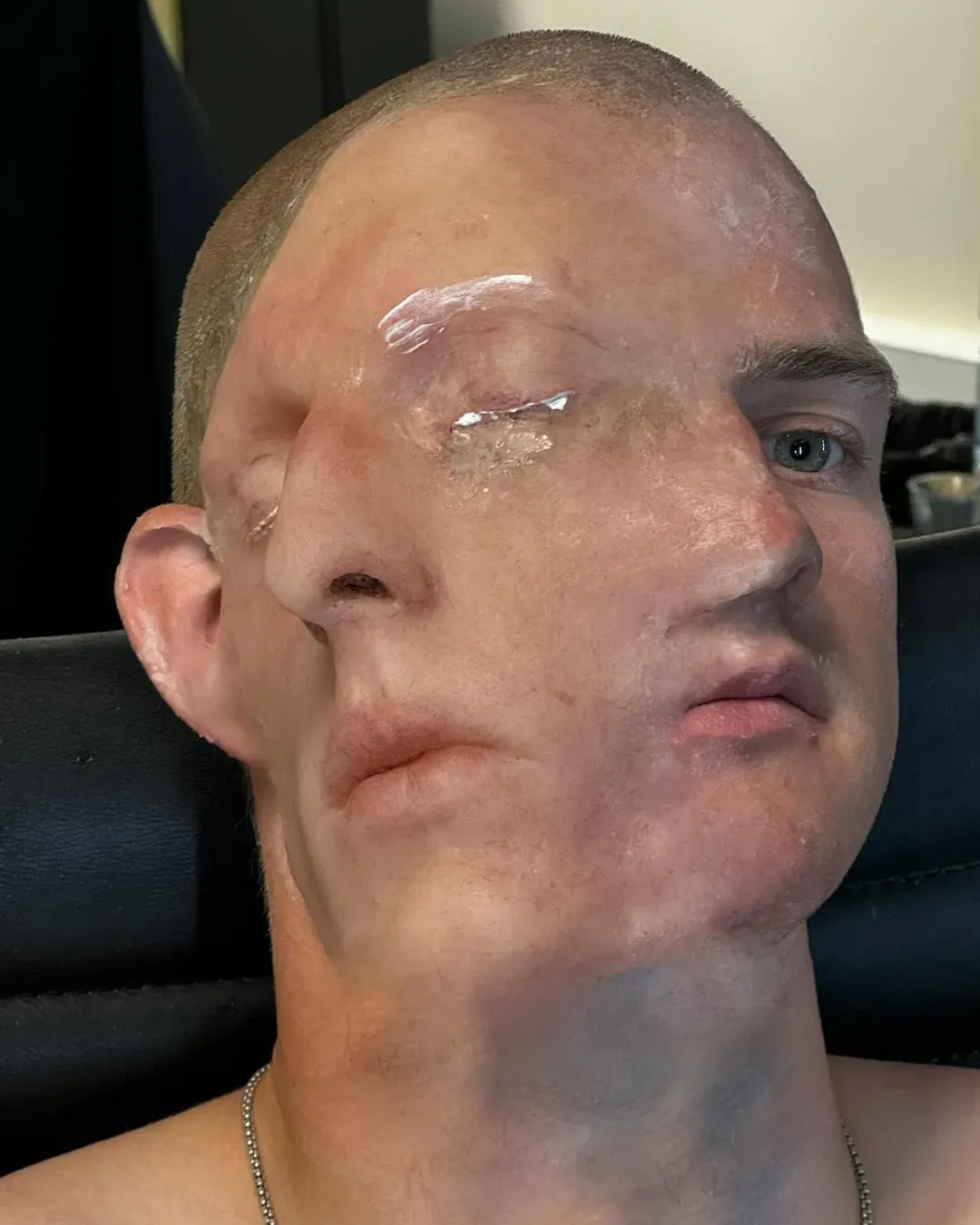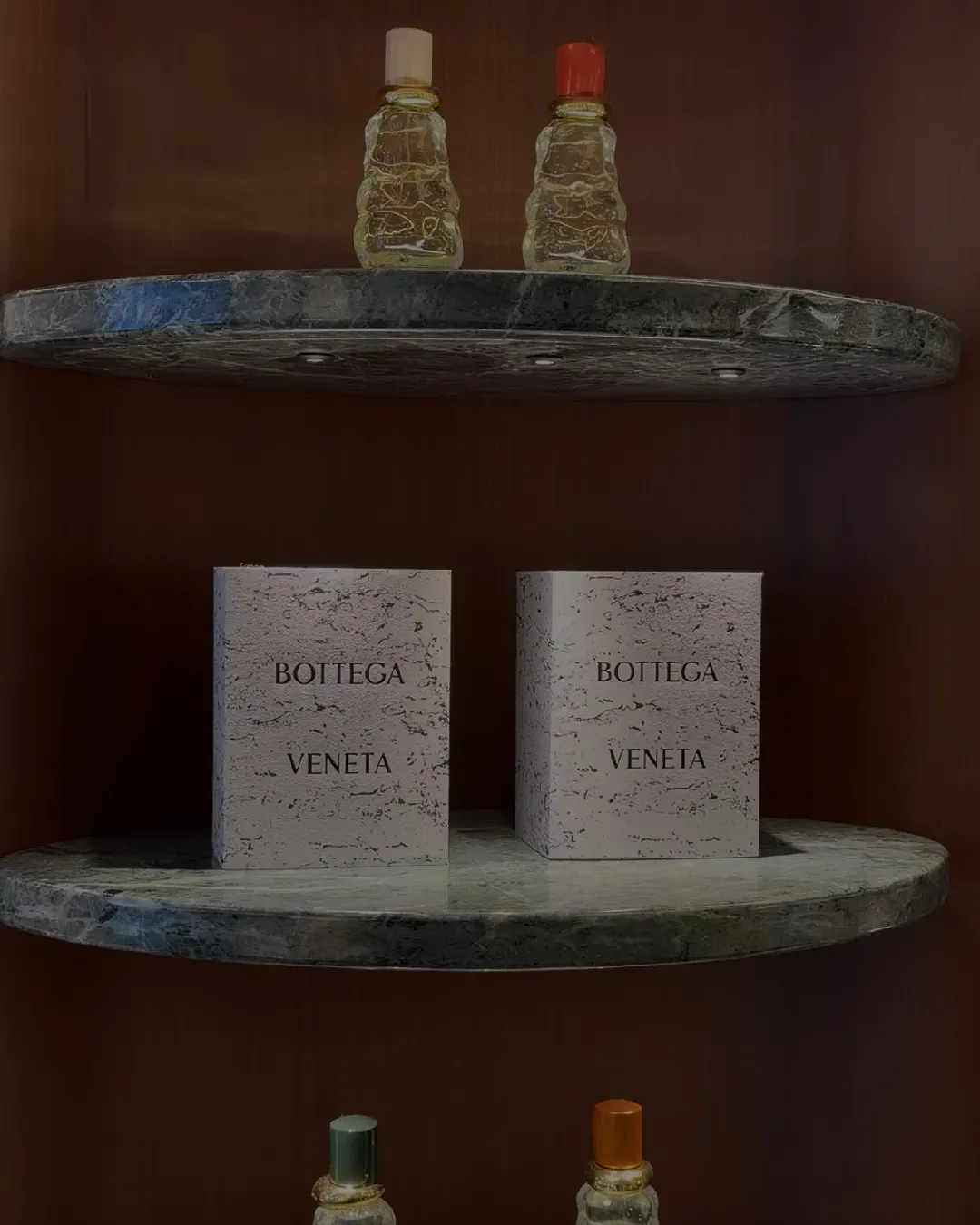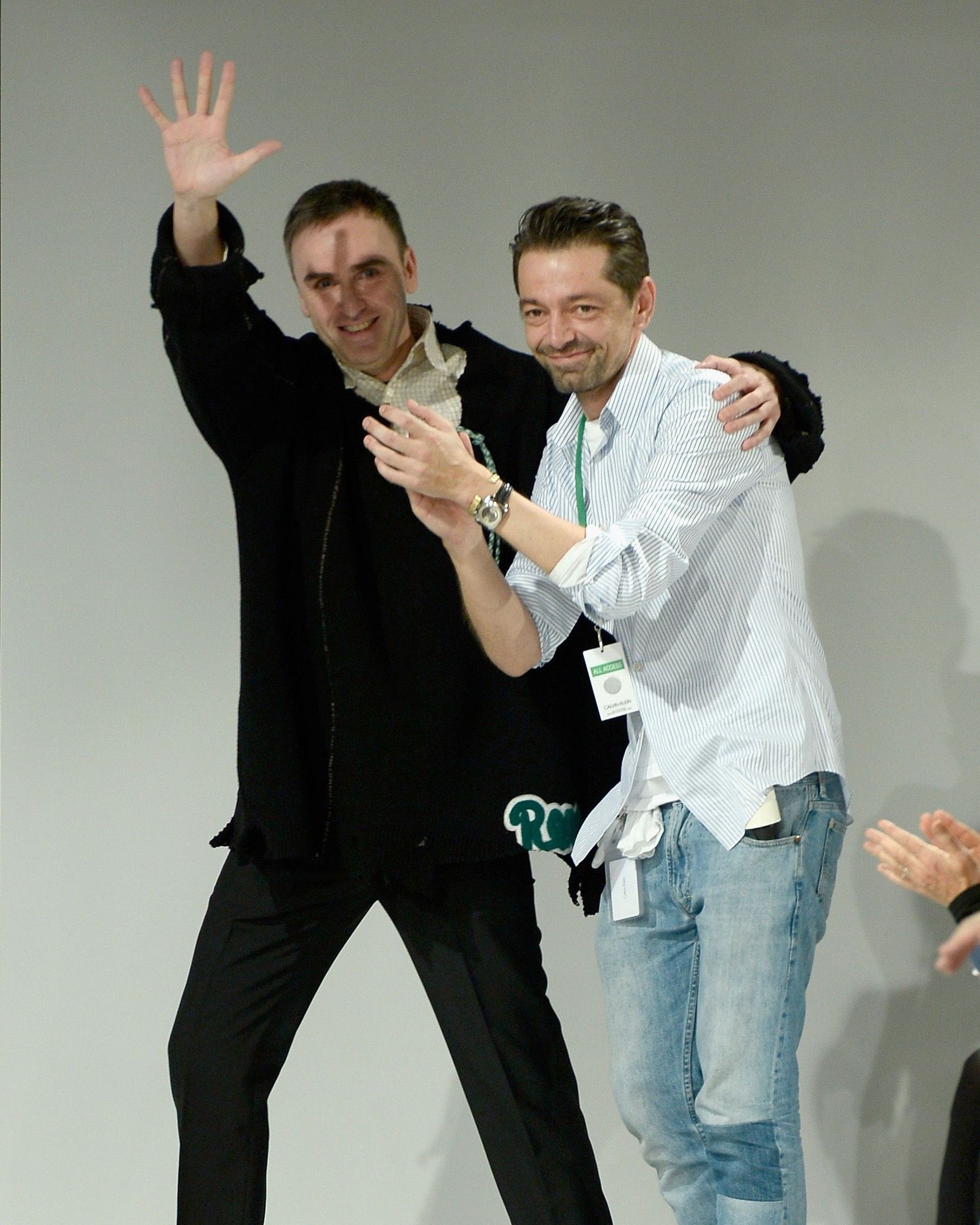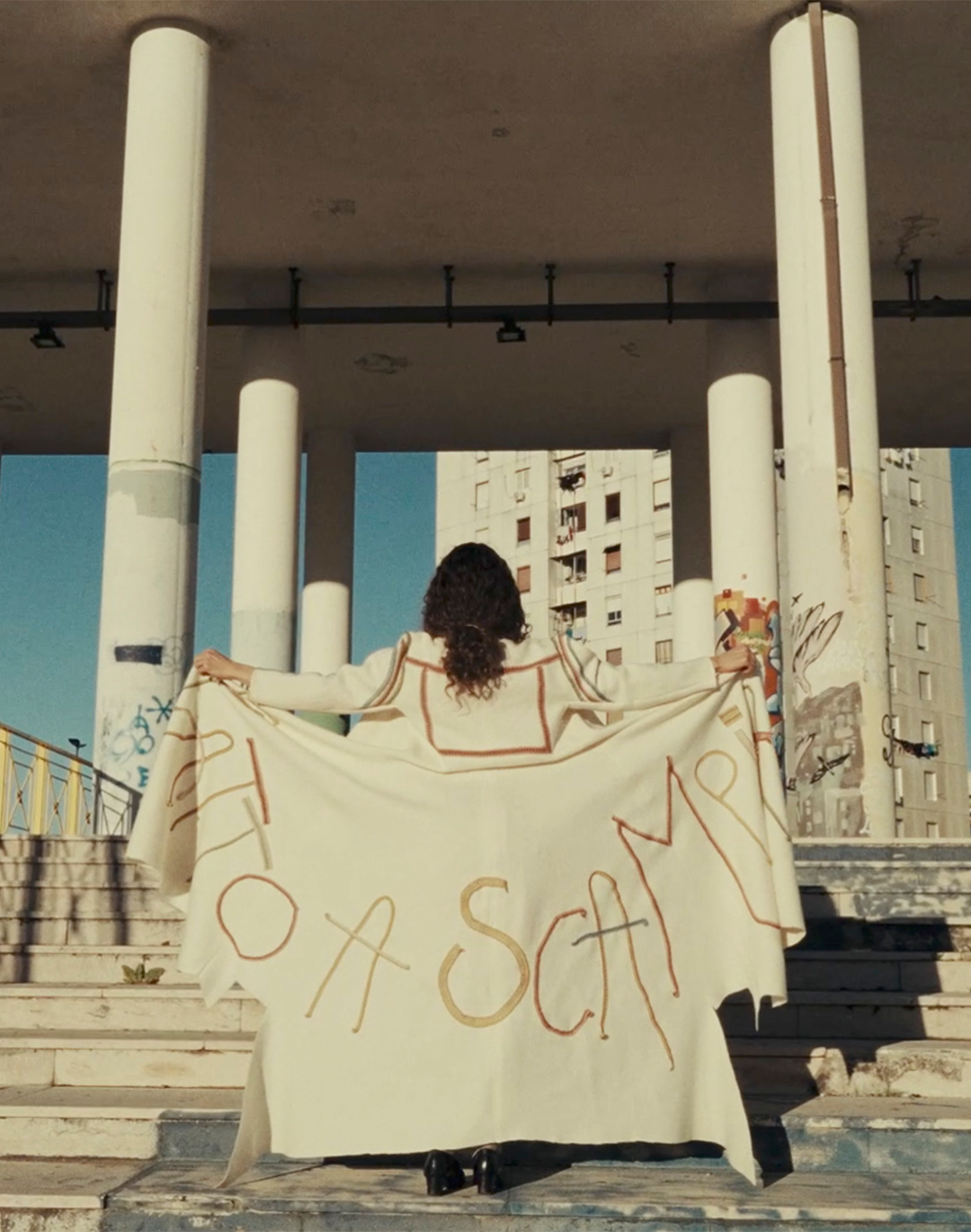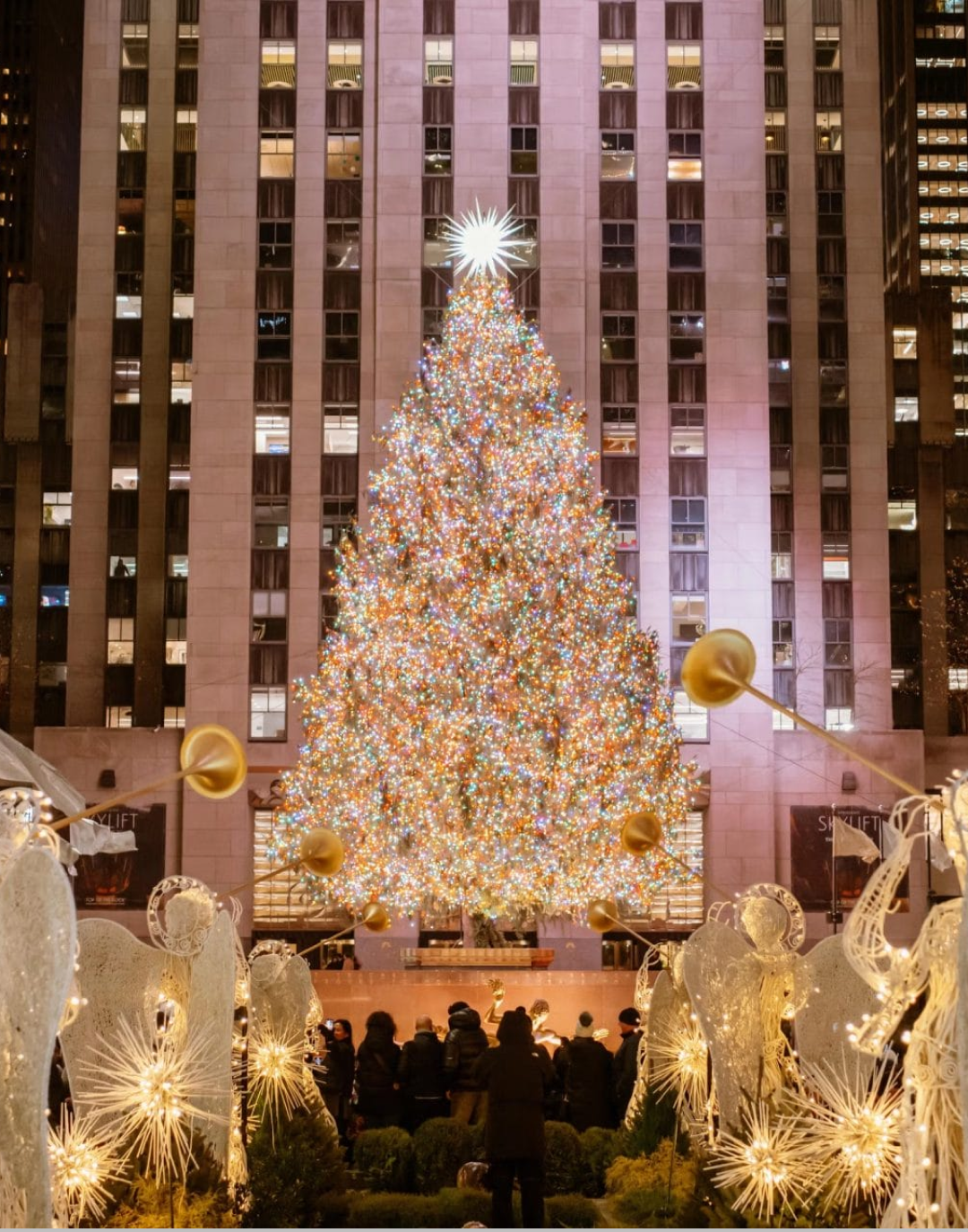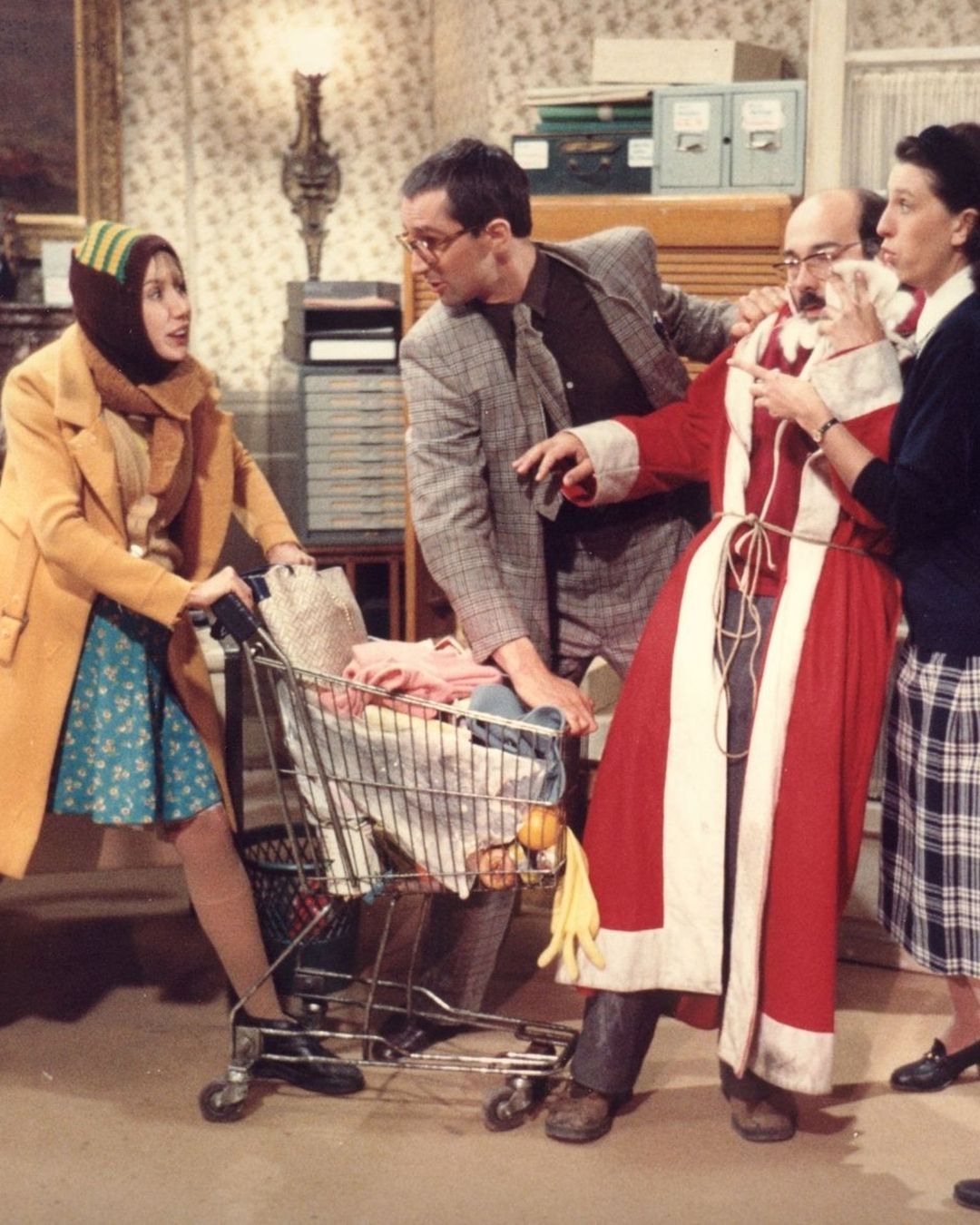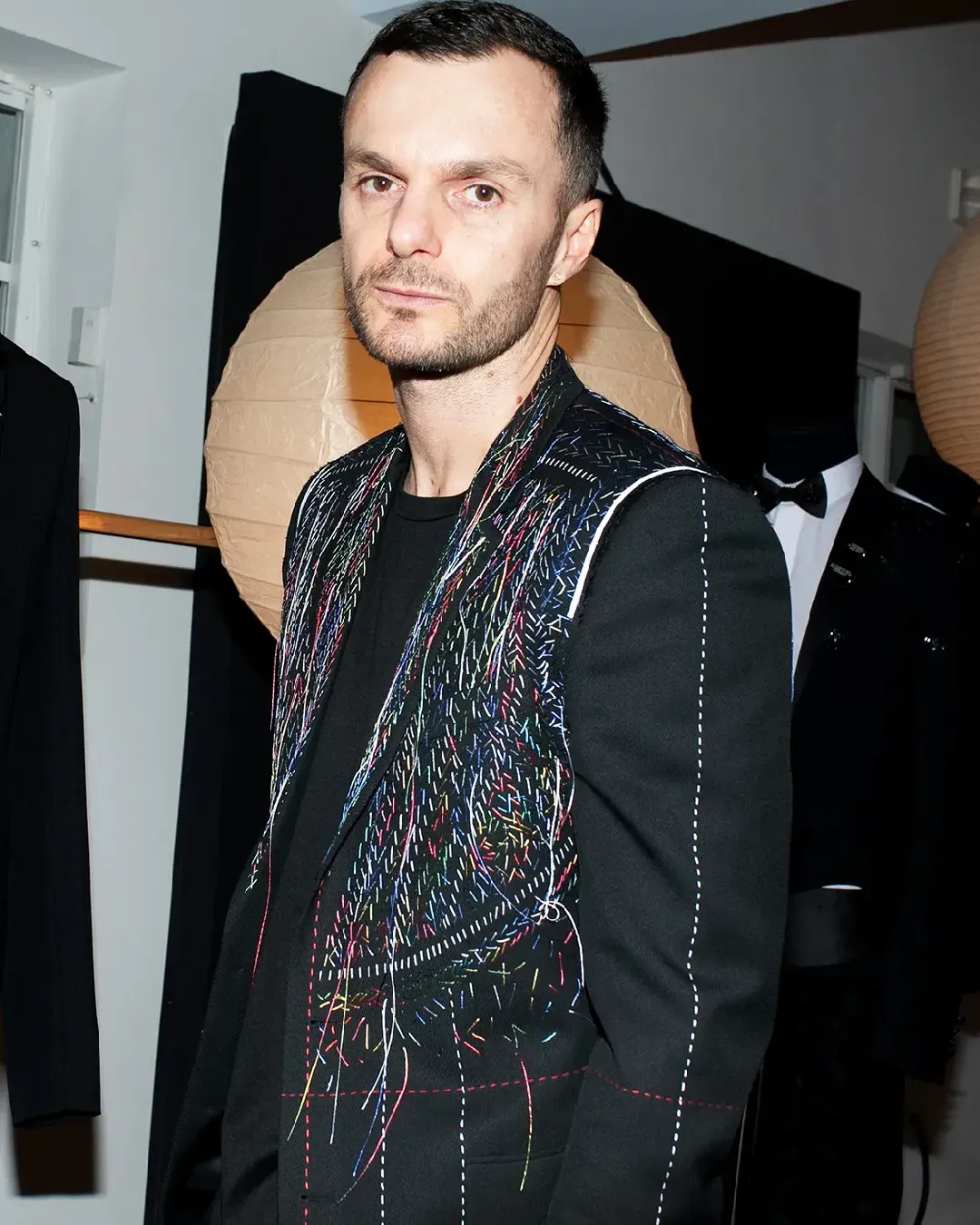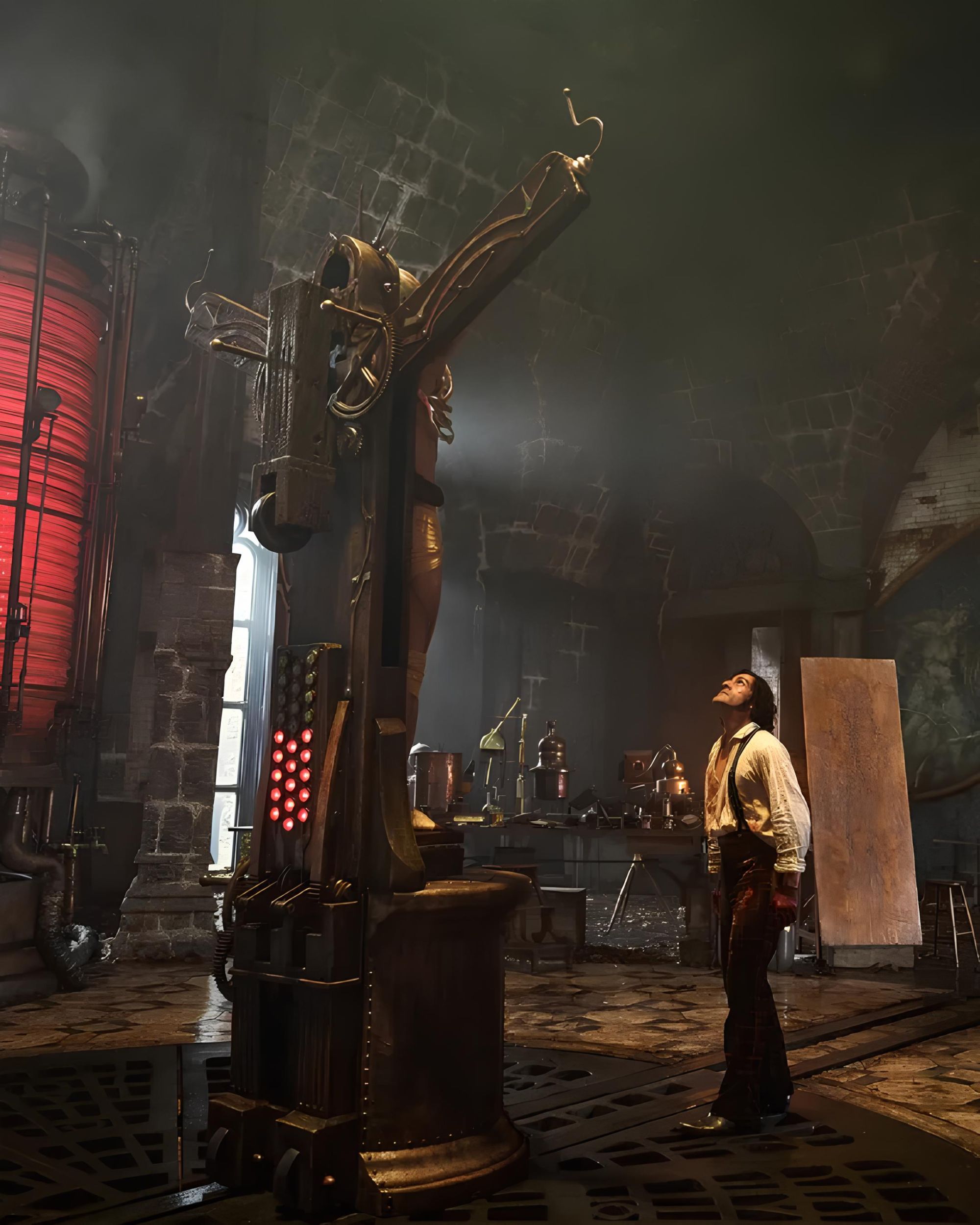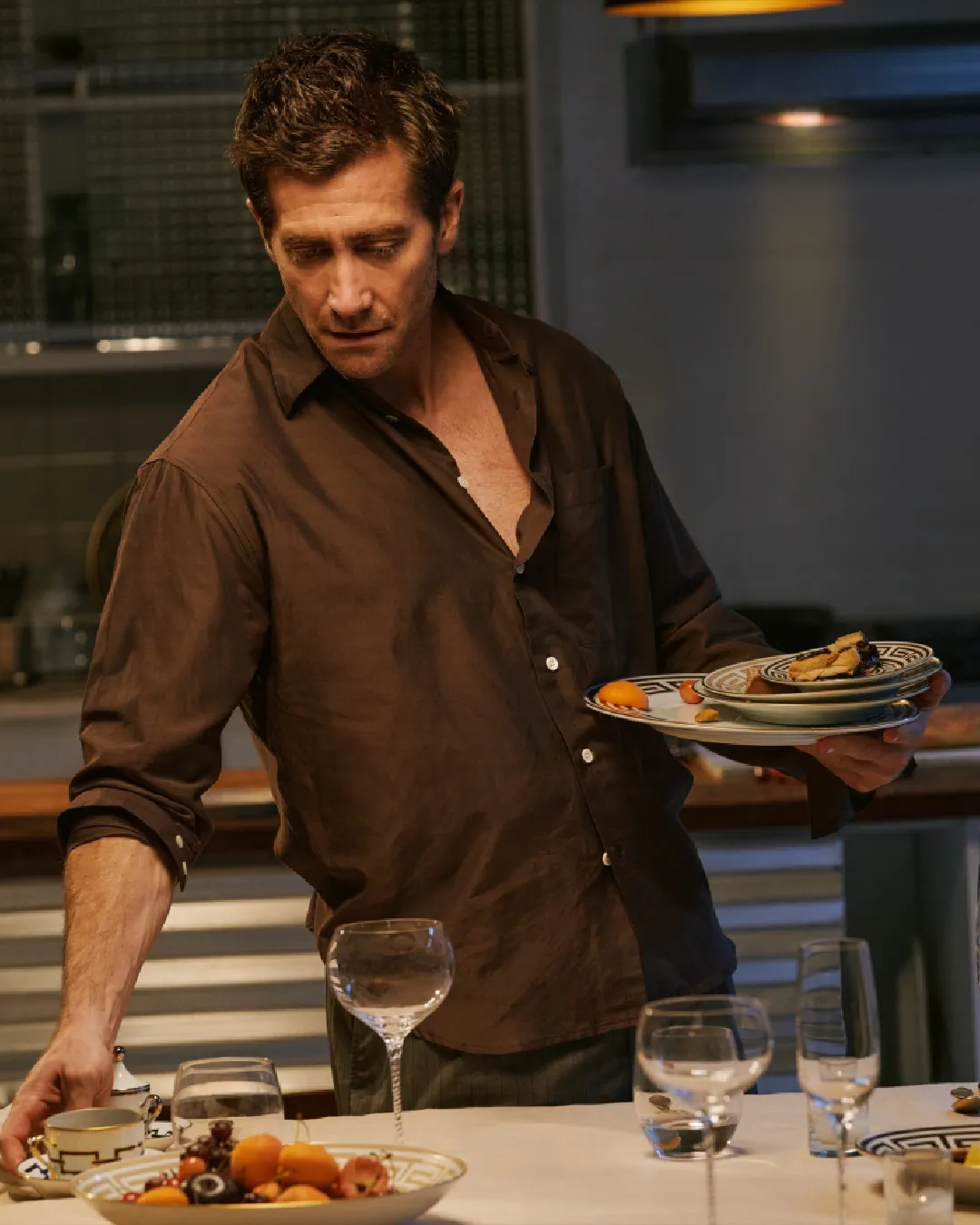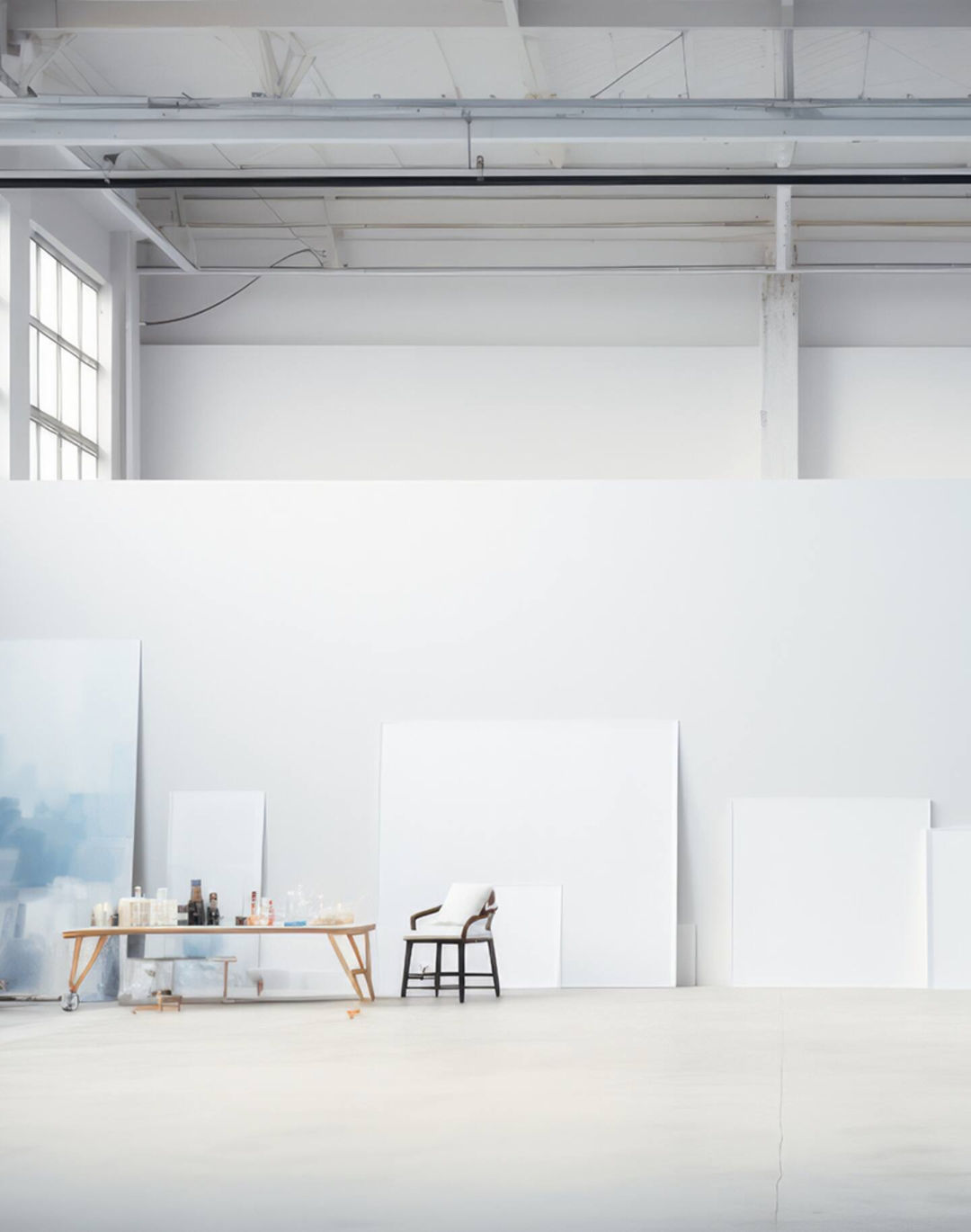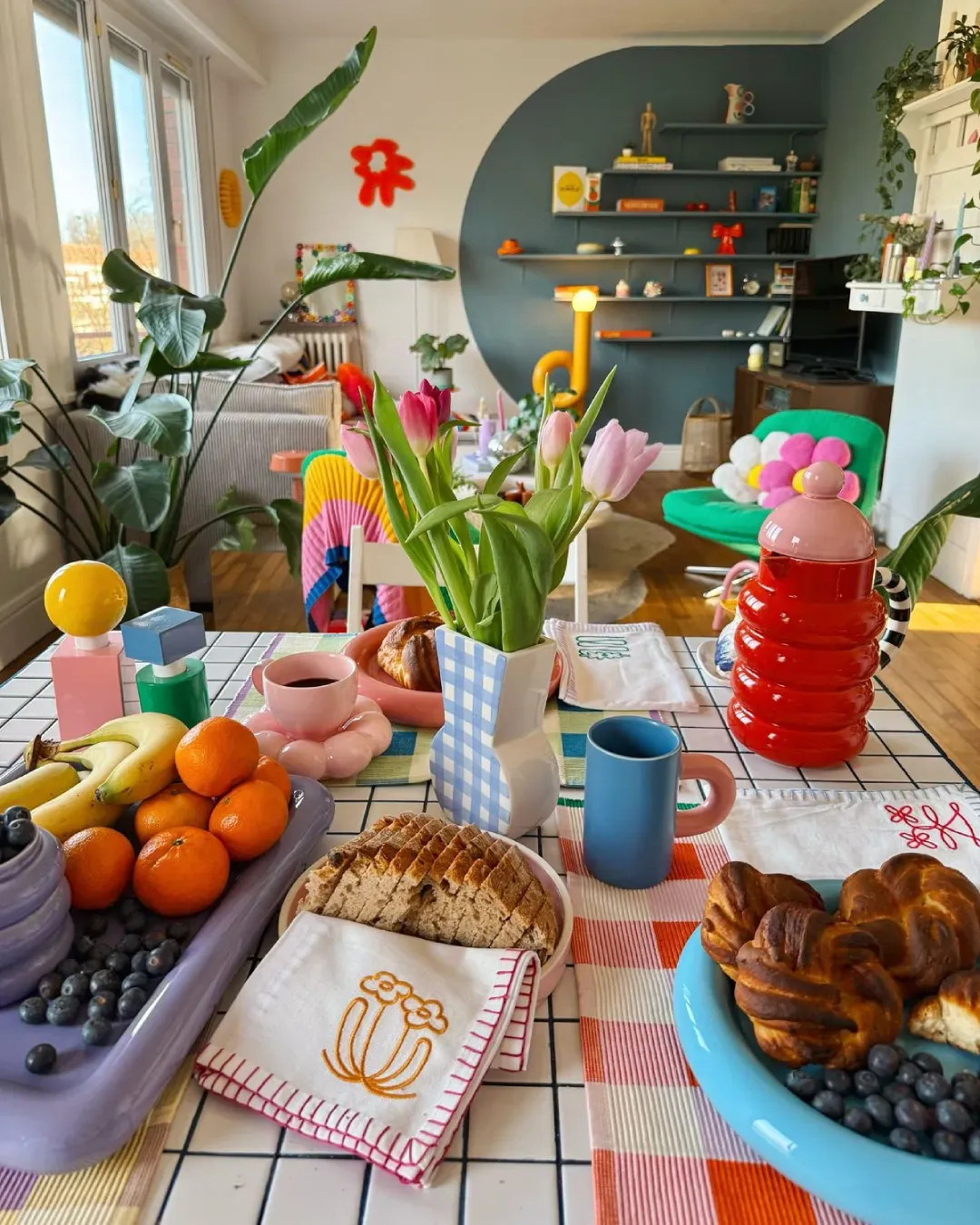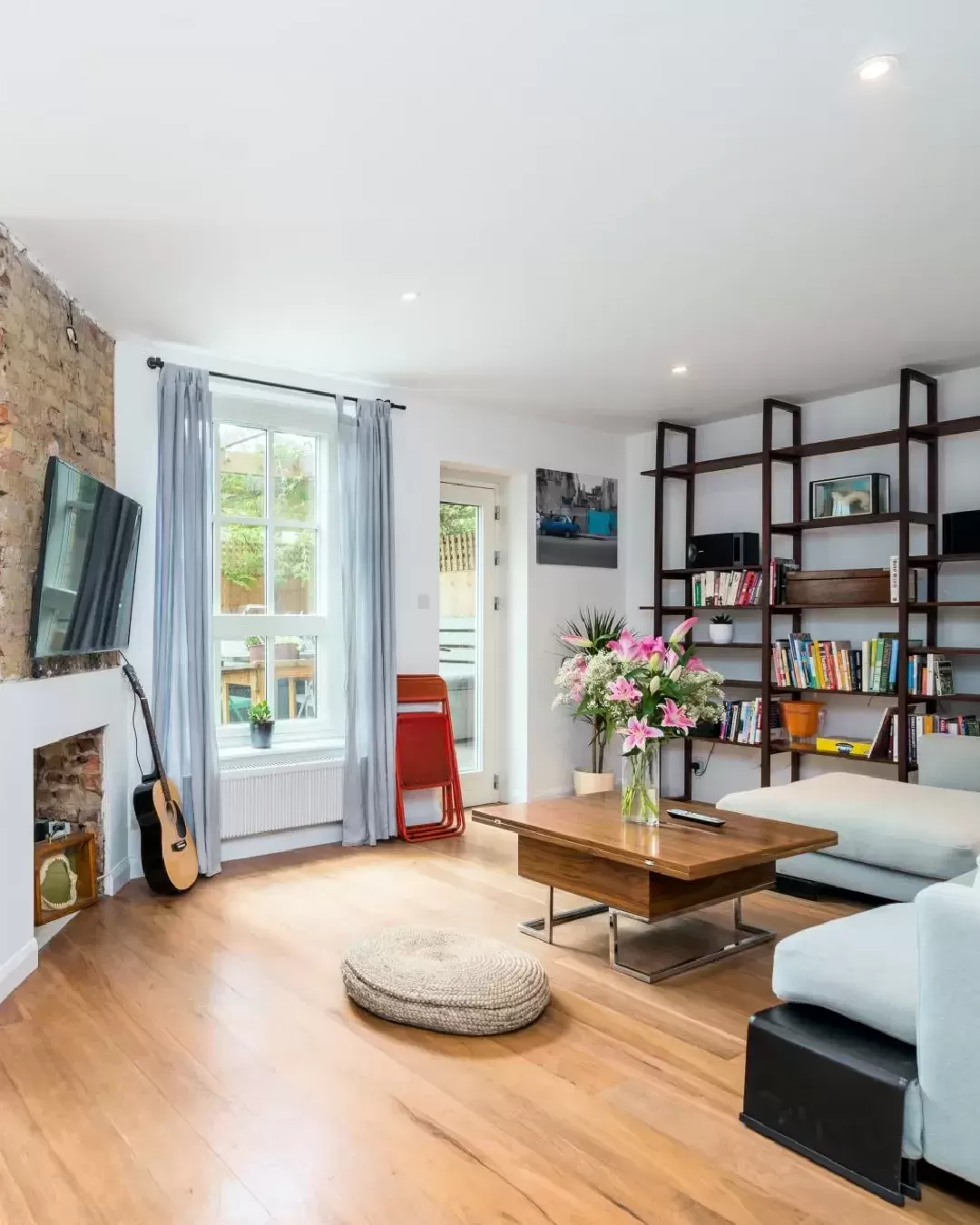
The rise and fall of the Airbnb aesthetic Airspace, short rentals and mass tourism
The AirSpace aesthetic is everywhere, and perhaps for this very reason, we’ve stopped liking it. Reassuring, neutral, and global, it has become tired, empty, and standardized. Invented to please everyone, today it represents no one. Among white walls, light wood, anonymous paintings, motivational quotes, fake plants, and a few randomly placed books on a coffee table, in the AirSpace aesthetic nothing is out of place, yet nothing truly tells a story. Once the dream of hospitality 2.0, today it has become a symbol of crisis. The term AirSpace was coined by Kyle Chayka in 2016, in an essay for The Verge, to describe the neutral and Instagrammable aesthetic of Airbnbs. A rootless form of beauty that has colonized the design of hospitality from New York to Bali, passing through Naples, Lisbon, Madrid, Paris, and Buenos Aires. But in 2024, the air has changed. Airbnb, once a model of the sharing economy, has become the perfect villain. Media storms are multiplying while residents protest: the platform contributes to the housing crisis, empties historic centers, and erases local identities. And with it, the AirSpace aesthetic has gone from aspirational to despised.
In Lisbon, 20% of apartments in the historic center are allocated to short-term rentals. In Barcelona, a 2023 City Council report showed that out of 10 vacation homes, 7 are for tourists. In Milan, according to Inside Airbnb, the number of apartments available on the app has skyrocketed from 2016 to 2024, with increases in some cases exceeding 300%. Entire neighborhoods are turning into temporary dormitories, and municipalities have responded more and more drastically: day limits, capped licenses, heavy fines. Yet, the aesthetic and cultural impact has already occurred, with homes becoming mass-produced products—all the same, all Instagrammable, and soulless. AirSpace is not just a matter of design; it's a strategy. Hosts furnish for the algorithm using pre-made mood boards from Canva, Foyr, or Pinterest. The goal is no longer to tell a story about the area, but to avoid annoying the guest. And so we end up with identical apartments everywhere in the world. The photos look like clones, and the experience is interchangeable.
@poppyalmond1 Every damn corner of this place is beautiful ! Favourite airbnb #airbnb #airbnbfinds #suffolk #theenginehouse Metamorfoseis - Matina Sous Peau
Even digital behavior reflects the decline of Airbnb and its aesthetic. Posts with the AirSpace look now get 26% less engagement than in 2020. Hashtags like #airbnbstyle have dropped by 41% in the past two years, while hashtags like #eclectichomes (+74%), #realhome (+59%), and #antidesign (+38%) are rising sharply. Millennial minimalism has lost its appeal, replaced by more eclectic, imperfect, and rooted aesthetics. The short-term rental platform doesn’t seem concerned. The new guidelines favor neutral layouts, light furnishings, and understated decor. The design is still meant to be photographed and rented—not lived in. In this case, the comfort zone has killed every form of innovation. Various hospitality analyses have shown how aesthetic standardization can reduce the perceived quality of user experience, with younger travelers tending to prefer more authentic options.
The problem is not only aesthetic but also political. A study published in Nature Human Behaviour in 2023 shows that Airbnb has altered urban ecosystems, with the spread of short-term rentals having direct effects on the rising cost of real estate, the reduction of social capital, and the expulsion of middle-income residents from city centers—in 2022 alone, Paris lost over 10,000 residents, while Florence’s historic center is now home to less than 30% of its original inhabitants. The Airbnb model is accused of hollowing out places, while its aesthetic hollows out spaces. Meanwhile, design is moving elsewhere. Young designers are speaking of an anti‑AirSpace aesthetic, a return to emotional décor, to interiors that truly reflect the people who live in them. Emerging galleries and studios are proposing irregular spaces, full of objects and personal memories. And tourism centered on unique and local experiences is back in the spotlight. According to Booking, in 2024, 58% of users stated they prefer an authentic and imperfect accommodation over a standardized and Instagrammable one.






